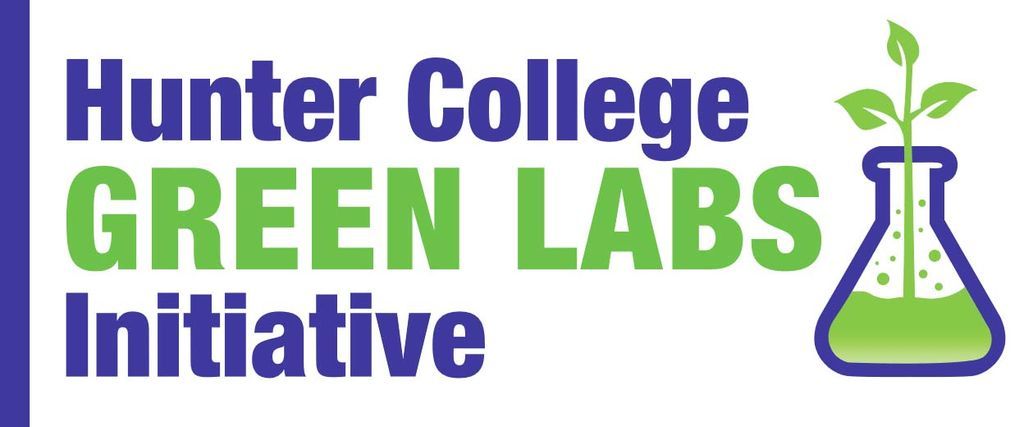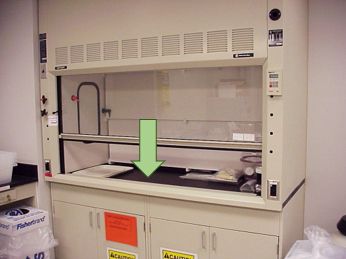Our focus on energy includes strategies to reduce our peak load, increase our energy efficiency and minimize our energy consumption.
Energy
Actions and Activities
Heating, ventilation and air conditioning (HVAC) systems affect all areas of Hunter's campus buildings. Continual upgrades and renovations to the HVAC system such as timers on AC units, digital air controls, retrofitted steam traps and modernized boilers improve the energy efficiency of the college's operations, as well as reduce the campus' energy consumption.
With support from the Dormitory Authority of the State of New York (DASNY), Hunter has upgraded to high-efficiency air compressors to supply the main campus with heating, ventilation and air conditioning. The energy used to power these compressors is substantially reduced in comparison to the compressors formerly in place.
Hunter is a select collaborator for a State and New York Power Authority (NYPA) program initiative – the Decarbonization Leadership Program – that will develop a decarbonization action plan and create future shovel-ready projects to decarbonize the campus.
Hunter participates in utility peak load management programs to reduce its share of the burden on New York's power grid during extremely hot weather. On a few of the very hottest days, the college reduces capacity and powers down facilities equipment and HVAC operations that it would normally keep running.
Select escalators and elevators are powered down during Hunter's off-peak season and on evenings and weekends to conserve energy when Hunter's main campus is less heavily occupied.
Hunter Facilities actively implements modernized, longer-lasting and more energy-efficient campus lighting measures in all classrooms, common spaces, corridors, and lecture halls. As existing fluorescent & CFL lamps and fixtures reach their end of life – Facilities phases in those replacements with all LED models. LED lighting upgrades are included in the renovation scope of work. LEDs (light emitting diodes) are a recognized industry standard enabling energy savings and improved lighting performance and output.
In classrooms and offices, the LED phase-ins are also accompanied by the installation of new vacancy sensors. Vacancy sensors require lights to be manually turned ON by the user as they enter a space. Once that user/occupant exits a room, the vacancy sensors will automatically turn off the lights in the room after a predetermined amount of time has passed with no movement. We also have plans to include day light harvesting sensors where applicable. The day light harvesting sensor will control the light output level where it will dim the fixtures light when there is day light available and keep the same required light level for the occupants. This lighting control measure promotes specialization and greater efficiency as room occupants are given autonomy to decide if overhead lighting is needed when they enter a space, or if other nearby lighting and/or ambient sunlight provides enough light levels for their needs.

Did you know?
- Each fume hood in a laboratory consumes the same amount of energy as 5 - 4 American homes per day!
- Studies have found fume hoods consume roughly 60% of all energy in a laboratory!
Why so much power?
- Fume hoods need to be constantly running and maintain a minimum airflow velocity; the speed of air that is being siphoned by the hood.
- Fume hoods are a primary engineering control put in place to protect lab staff from hazardous chemicals.
What can be done?
- Shut the Sash! Completely shutting a fume hood’s sash when not in use can reduce energy consumption by up to 75%!
Simple changes such as Shutting the Sash can have a large scale impact, helping Hunter College meet our sustainability goals! Have your lab join the Hunter Green Labs Initiative today and implement Shut the Sash and other energy-saving measures!

Ref: Becerra, Laura L., et al. “Active Fume Hood Sash Height Monitoring with Audible Feedback.” Energy Reports, vol. 4, 2018, pp. 645–652, https://doi.org/10.1016/j.egyr.2018.09.010.
Expectations
Our expectations to go further and greener include these energy goals from our Sustainability Plan:
- The data visualization and inventory creation of all Hunter’s LED lighting usage.
- A comprehensive assessment and evaluation for solar arrays on all 68th Street campus roofs.
- Replace vending machines with energy-efficient LED lighting and additional energy-saving features.
- Implementation of an annual greenhouse gas (GHG) inventory for the 68th Street campus.
Key Achievements
Since 2011, Hunter has achieved nearly an 18% peak reduction in the college's energy use intensity (EUI). With this encouraging progress, Hunter has established a strong pace towards accomplishing the goals of the expanded BuildSmart 2025 program to achieve 35% reduction in total energy use.
The passage of Local Law 97 put out the challenge to buildings to achieve a 40 percent reduction in aggregate greenhouse gas emissions by calendar year 2030. Hunter aligned ourselves with the goals set by Local Law 97 and as a testament to our focus toward energy efficiency and lowering consumption, Hunter has met (and exceeded) our GHG emissions target 10 years ahead of schedule! As of December 2021 the College has since reduced our emissions by 48%.
